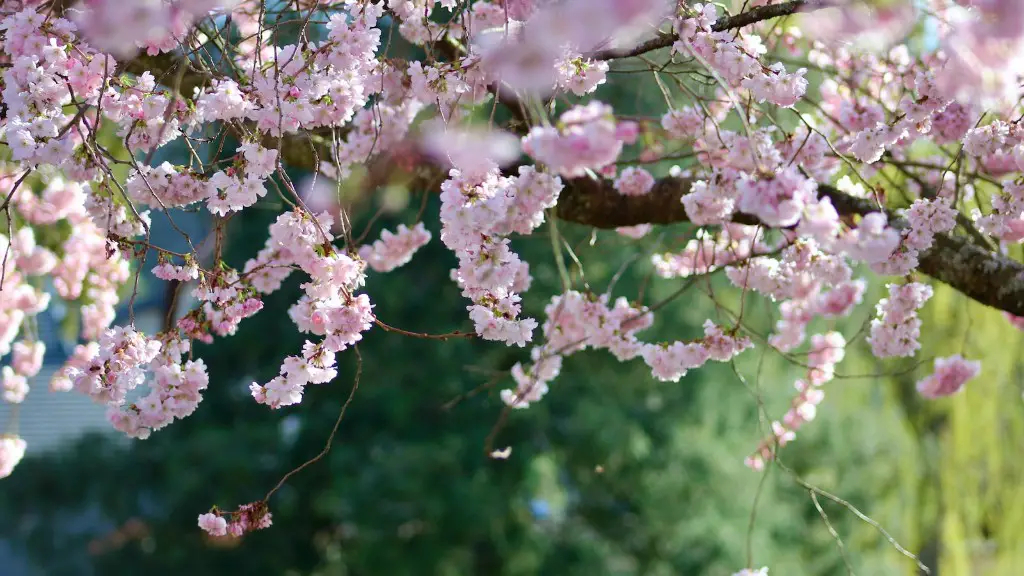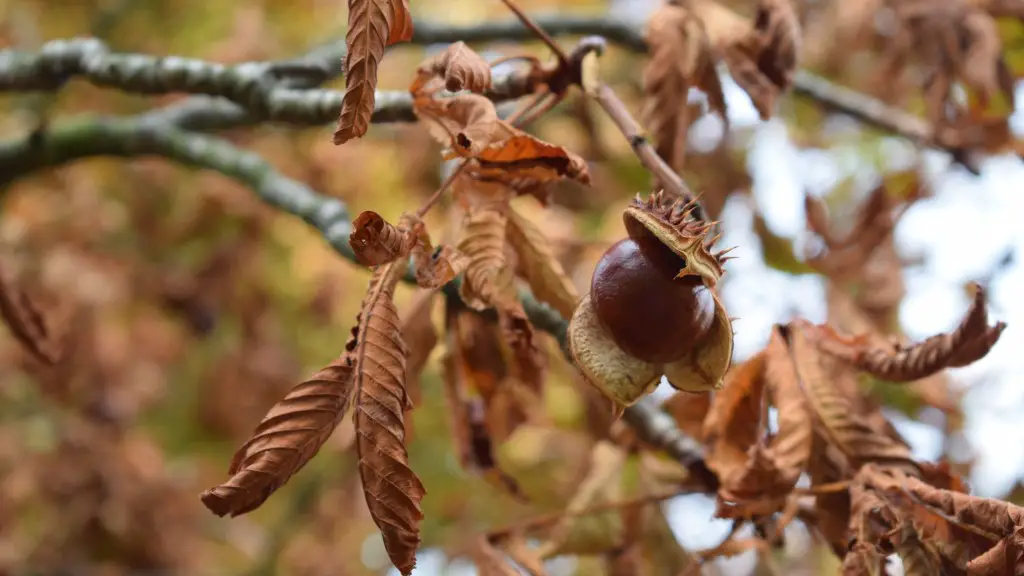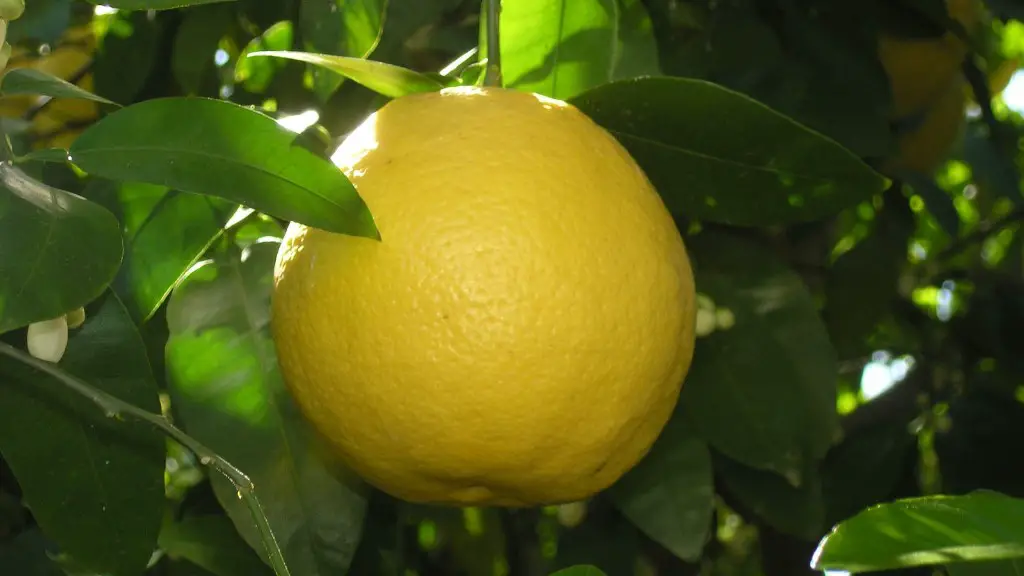Avocado trees are a beautiful addition to any garden, with their lush foliage and vibrant, brightly colored fruits. But what if you don’t have access to an avocado tree? Fortunately, you can easily grow an avocado tree from an avocado seed in your own home.
To start, you’ll need a few basic supplies: an avocado seed, a wide shallow pot with drainage holes in the bottom, potting soil, and a warm, sunny spot. Place the seed in the center of the pot and cover it with soil, leaving the seed exposed. Water the seed and then place the pot in a warm, sunny spot, such as a windowsill. Water the seed every few days to keep the soil moist.
Your avocado tree should start to grow within a few weeks. Once the tree has reached about 6 inches tall, it’s time to repot it into a larger pot. Make sure to use a pot with drainage holes in the bottom, and use a high-quality, fast-draining potting soil. Place the tree in the center of the pot and fill in the sides with soil. Water it well and make sure to keep the soil moist, but not soggy.
Now that your avocado tree is firmly established, it’s time to start caring for it. As with any plant, it needs to be exposed to plenty of sunlight. Six to eight hours of direct sunlight per day is ideal. You should also fertilize the tree with a balanced fertilizer every two to three months, and water it regularly to keep the soil moist but not soggy. If the leaves start to droop, that usually means it needs more water.
Although avocado trees aren’t necessarily difficult to grow, it is important to be aware of some common pests and diseases that can affect them. Fungus gnats, spider mites, and scale insects are all potential pests, so it’s important to inspect your tree regularly for signs of infestation. Additionally, it’s important to watch out for signs of disease, such as leaf discoloration or wilting. If you notice any of these signs, it’s important to treat the tree as soon as possible.
Grafting
If you want to get fruits from your avocado tree, you can try grafting it. This is a process where a piece of another tree is attached to your avocado tree, allowing it to produce fruit. You should only attempt this if you have experience with grafting, as it can be tricky and the results can be unpredictable.
In order to graft an avocado tree, you’ll need a sharp knife, a piece of scion wood (a piece of wood from another avocado tree), and some grafting wax or tape. Start by carefully slicing the scion wood, so that it will fit on the side of the avocado tree where you want the new branch to grow. Once it’s in place, secure it with either some grafting wax or tape. Make sure to check the graft periodically, and if it starts to look dry or shriveled, you may need to add some more wax or tape.
Grafting an avocado tree can be a rewarding experience, as it can result in a healthy and productive tree that produces delicious fruit. Just make sure to take your time and follow the steps carefully, and you should have a successful experience.
Pruning Your Avocado Tree
To keep your avocado tree healthy and prevent disease and pests, it’s important to prune it regularly. This will help to keep the tree healthy and encourage new growth. Start by pruning off any dead or damaged branches, and then trim back any overgrown branches. Make sure to use clean, sharp pruning shears, and cut at an angle for a clean cut.
In addition to removing dead and damaged branches, you can also prune your tree to shape it. This is a great way to give your tree a more aesthetically pleasing shape, or to help control its size if desired. Be careful not to trim too much off at once, as this can cause the tree to become weak and more susceptible to disease.
Ideally, you should prune your avocado tree at least twice a year, once in the fall and once in the spring. This will help to keep it healthy and vigorous, while also encouraging new growth. Just be sure to use sharp, clean pruning shears and always trim at an angle to achieve the best results.
Harvesting Avocados
Once your avocado tree is established and producing fruit, it’s time to start harvesting. The best time to pick avocados is when they are slightly soft, but not quite ripe. This ensures that the fruit will ripen properly and will be free of any rot or damage. To harvest an avocado, twist the fruit gently until it detaches from the tree.
If you can’t eat all of the avocados from your tree at once, you can store them for later use. To do so, place them in a paper bag and store them at room temperature until they become ripe. This will usually take a few days. Once the avocados are ripe, you can store them in the refrigerator for up to two weeks.
The most important thing to remember when harvesting avocados is to be gentle. As with any fruit, bruised or damaged avocados won’t last long and may attract pests or rot quickly. So take your time and handle the fruit gently to ensure the best results.
Fertilizing Your Avocado Tree
To keep your avocado tree healthy and vigorous, it’s important to fertilize it properly. You should only use a balanced fertilizer that is specifically formulated for avocado trees, as other types of fertilizer can damage the tree or be ineffective. Follow the instructions on the fertilizer package for the proper amounts and frequencies of use.
In addition to fertilizing your tree, you should also mulch around it. Mulching will help to keep the soil moist and will prevent weeds from growing, which can compete with your tree for water and nutrients. You can use organic mulches such as grass clippings, straw, and compost. Just be sure to spread the mulch 2 to 4 inches away from the trunk of the tree.
By following these simple steps, you can ensure that your avocado tree will stay healthy and productive for years to come. Just remember to fertilize and mulch regularly, as well as providing adequate sunlight and water. With the proper care, you should be able to enjoy fresh, delicious avocados from your very own tree for many years to come.
Repotting Your Avocado Tree
As your avocado tree grows, it will eventually need to be repotted. This is because the tree cannot stay in the same pot for too long, as the roots will become compacted and may not receive enough air or nutrients. To repot your avocado tree, you’ll need a larger pot, some high-quality potting soil, and a pair of scissors or pruning shears.
Start by carefully removing your tree from the old pot, taking care not to break any of the roots. Fill the new pot halfway with potting soil and carefully place the tree in the center. Fill the remaining space with soil, Gently firm it down and water the tree until the soil is completely saturated.
Next, you’ll need to trim back any overgrown roots. Gently pull them out of the soil and then use scissors or pruning shears to trim them back. Be sure not to trim away more than a third of the roots at once, as this can shock the tree.
Finally, it’s important to water your tree regularly, as repotting can be stressful for a tree. Make sure to keep the soil moist but not soggy, as overwatering can cause rot. With proper care and attention, your avocado tree should thrive in its new home.
Protecting Your Avocado Tree from Pests and Disease
It’s important to keep an eye out for any pests or diseases that may affect your avocado tree. Common pests include aphids, scale insects, and whiteflies. To prevent infestations, it’s a good idea to inspect your tree every few weeks and look for any signs of pests or diseased leaves. If you notice any pests, you should treat them with an appropriate insecticide or pesticide as soon as possible.
Additionally, you should also look out for any signs of disease, such as leaf discoloration, wilting, or early leaf drop. If you notice any of these signs, it’s important to treat the tree with a fungicide as soon as possible.
Finally, it’s important to keep your tree healthy and vigorous, as healthy trees are less likely to be affected by pests and diseases. Make sure to provide your tree with plenty of sunlight, water, and fertilizer, and prune it regularly to remove any diseased or damaged branches. Following these simple steps will go a long way in keeping your avocado tree healthy and productive.




